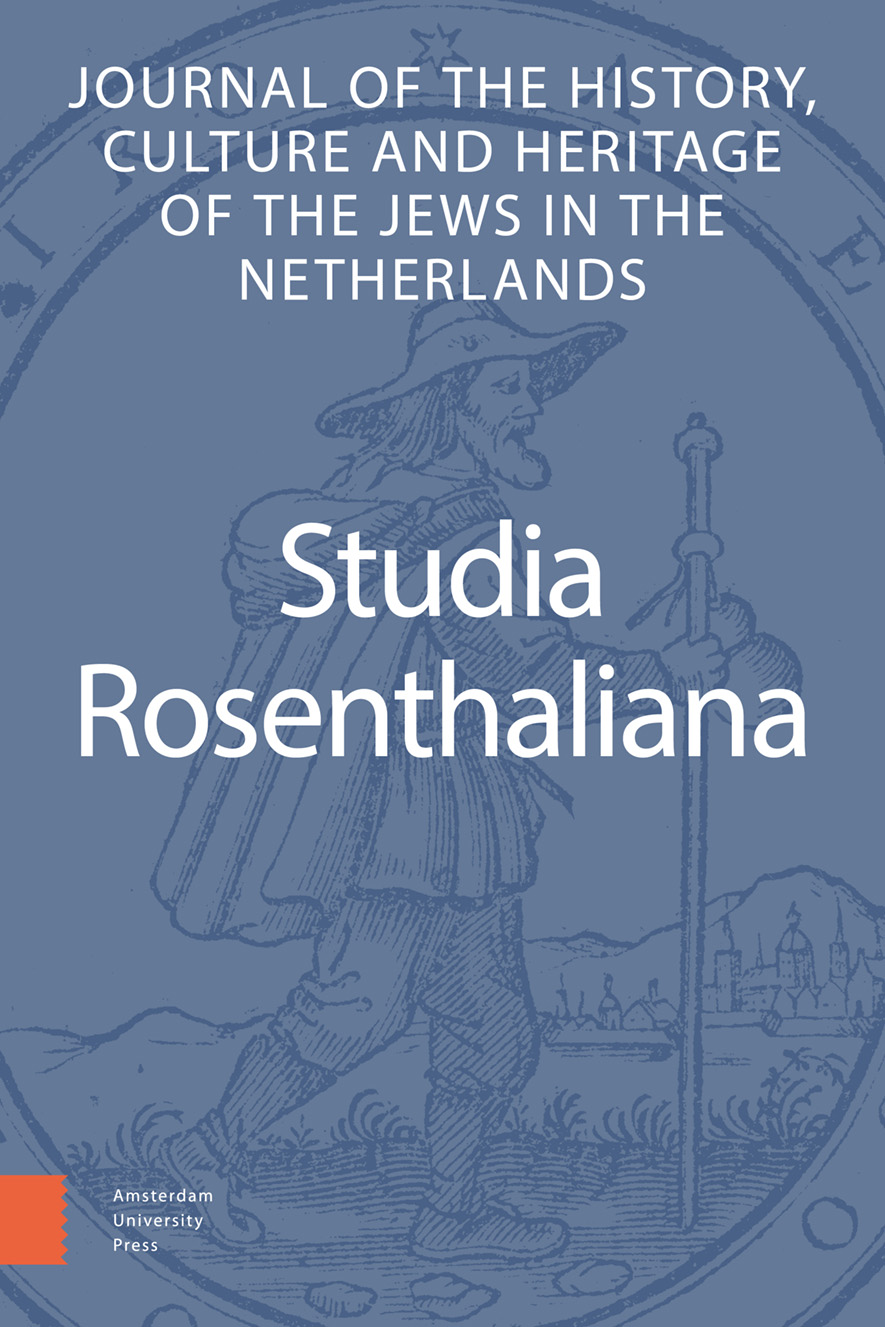-
oa The Contested Issue of Shadarut: A Nineteenth-Century Power Struggle between the Amsterdam Vaad and Rabbi Nathan Amram
- Amsterdam University Press
- Source: Studia Rosenthaliana, Volume 50, Issue 1, Jun 2024, p. 31 - 60
-
- 01 Jun 2024
Abstract
The nineteenth century saw significant changes in the relationship between the Yishuv in Ereẓ-Israel and the European Jewish communities on whom they depended for financial support. This article examines the roles of two key figures in the conflict between these two centers regarding the function and continued existence of the institution of shadarut: Zvi Hirsch Lehren (1784-1853), head of the Amsterdam Vaad ha-pekidim ve-ha-amarkalim, and Rabbi Nathan Amram (1791-1870), a prominent rabbinical emissary from Ereẓ-Israel. Rabbi Nathan Amram’s unique voice as an emissary and as an ideological opponent of the termination of shadarut not only enables us to arrive at a broader picture of the Amsterdam Vaad and its activity, but also sheds light on the shifting relationship between European Jews and Ereẓ-Israel in the nineteenth century.


